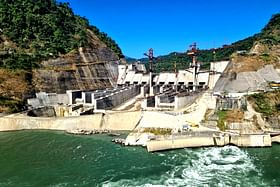The first unit of the project is expected to be operational by December, with all eight units commissioned by the end of 2024
The project will bring overall development in the area and give a fillip to the overall economy.
A government of India enterprise, NHPC Ltd, will commence trial runs in July for the Subansiri Lower Hydroelectric Project (SLHEP).
The project is situated in Assam and Arunachal Pradesh.
NHPC Limited, formerly known as National Hydroelectric Power Corporation Ltd, is the largest hydropower development organisation in India.
After a delay of 20 years, India is finally approaching the launch of a hydropower project that is essential for the region’s energy transition. The project has been in the works for a long time and is a significant step for India.
SLHEP is the biggest hydroelectric project undertaken in India so far and is a ‘run of river’ scheme with a small pondage on river Subansiri.
A run-of-river dam is one in which the flow of water in the river downstream of the dam is the same as the flow of water upstream of the dam.
The project is located near North Lakhimpur on the border of Arunachal Pradesh and Assam. The nearest railhead is Nagaon and the nearest airport is Lilabari/Dibrugarh.
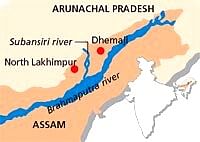
The estimated annual energy generation from the project is 7421.59 MU in a 90 per cent dependable year. The installed capacity of the project is 2,000 Million Watts (MW).
“Being a part of the cascade development conceived by the Brahmaputra Board, the project would also afford relief from floods by moderating the flood in the Subansiri river,” the NHPC Ltd stated in a release, adding that “the project will bring overall development in the area and give a fillip to the overall economy”.
The first unit of the project is expected to be operational by December, with all eight units commissioned by the end of 2024, according to finance director Rajendra Prasad Goyal.
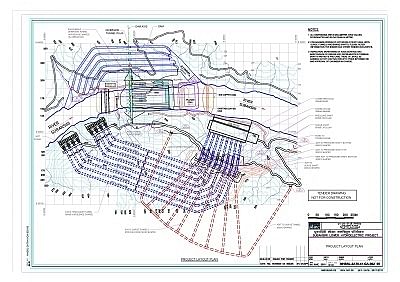
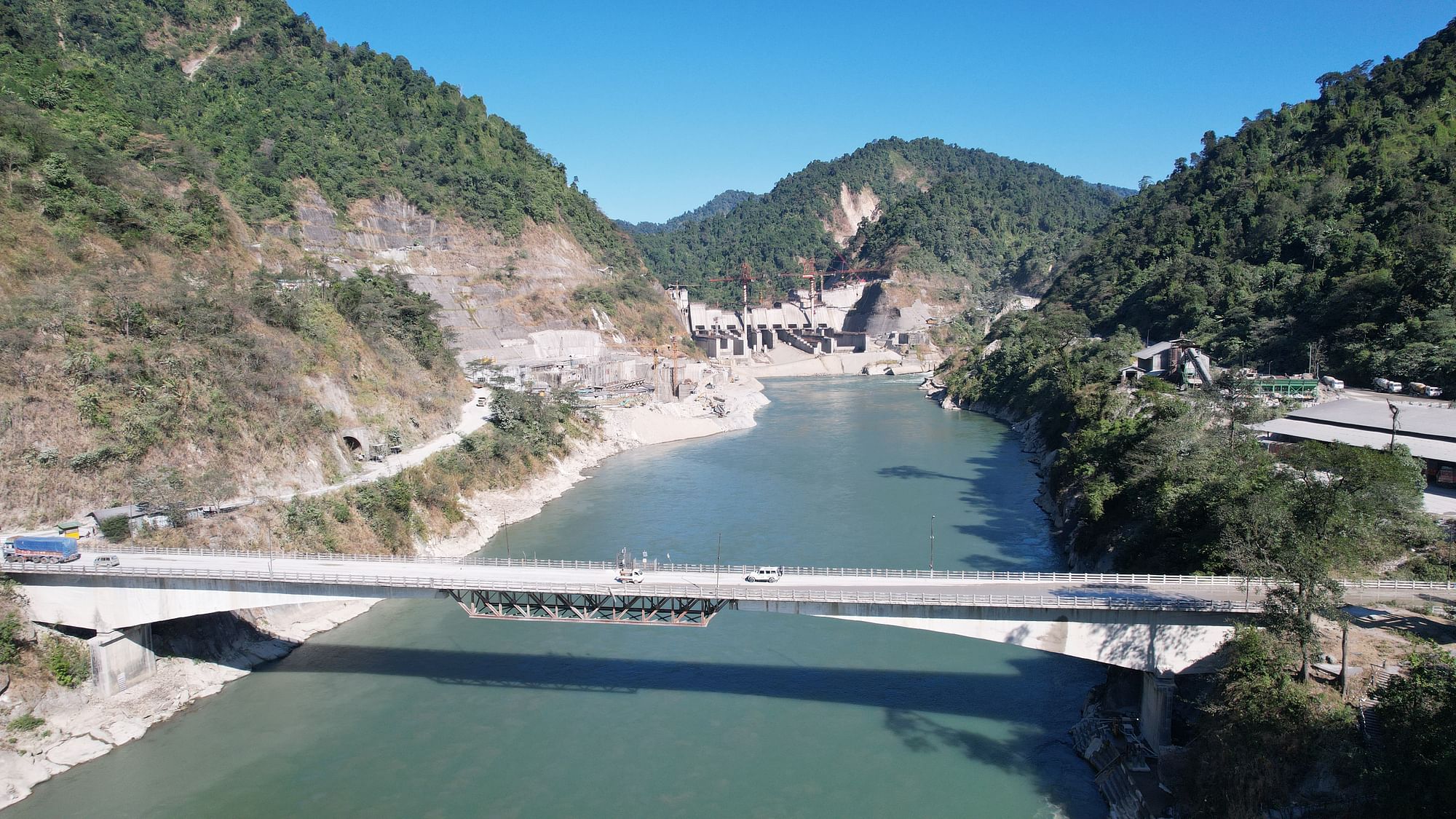
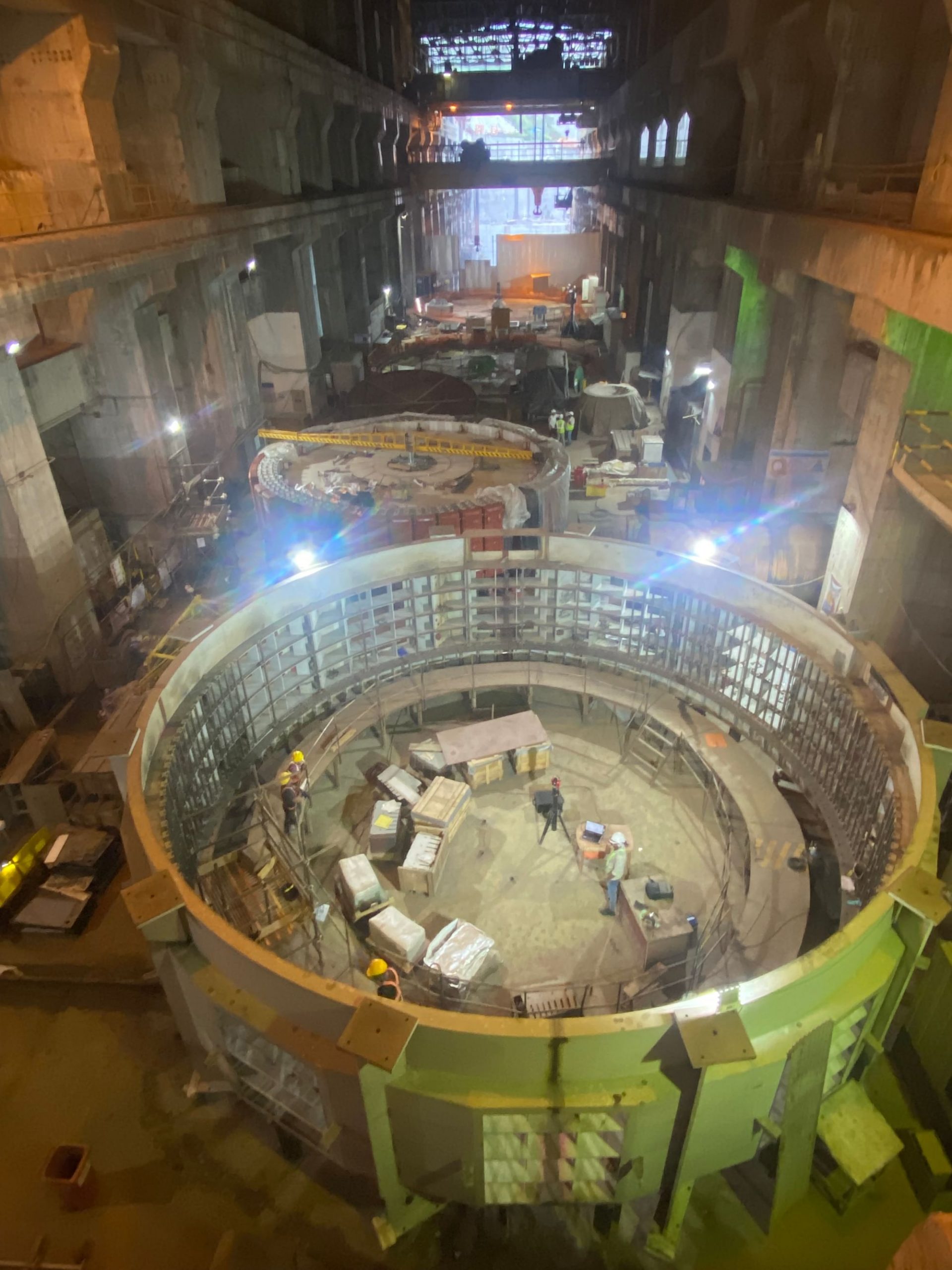
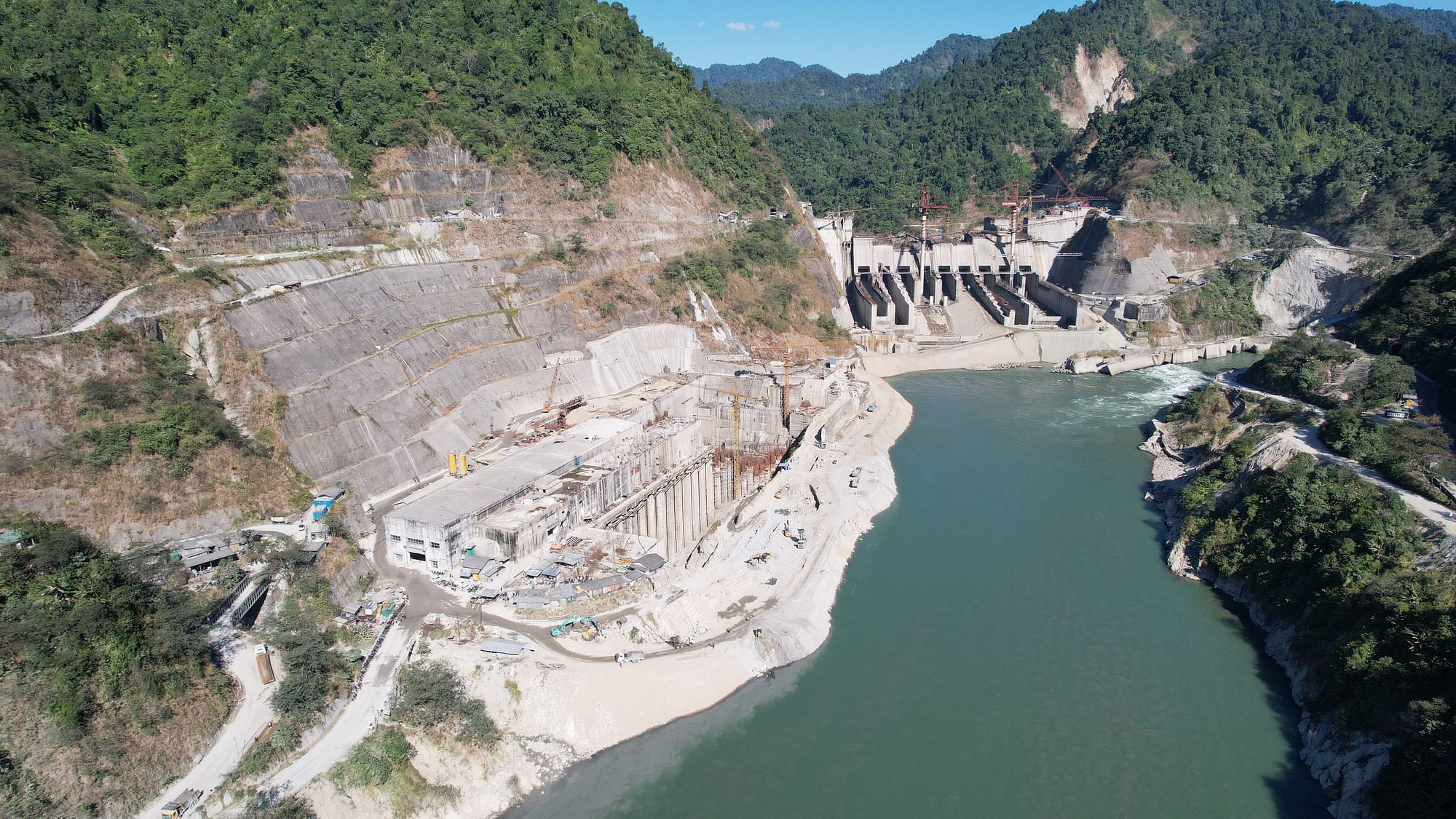
As solar and wind power generation rises, hydropower plays a crucial role in balancing the electricity grid. Its ability to respond quickly to fluctuations in demand makes it even more important.
However, environmental damage concerns have led to opposition and protests. The 2-gigawatt project began in 2003 but was delayed by litigation and protests.
The project’s cost has increased from the original estimate of 212.5 billion rupees ($2.6 billion) to over three times the initial estimation.
The National Green Tribunal (NGT) agreed to resume work in 2019 after an eight-year suspension.
India has not been able to explore its hydropower potential of 145 gigawatts due to dam opposition, thus limiting its effectiveness.
According to Goyal, obtaining approvals from various departments is crucial before the construction of a hydropower project can begin. He emphasised the need for thorough scrutiny at this stage as any stoppages during construction can pose problems.
In India, large dams are viewed as a means of promoting local economies, particularly in regions bordering China and Pakistan.
As construction of the Subansiri project nears completion, the NHPC is preparing to award construction orders for the massive 2.9-gigawatt Dibang hydropower plant, which represents the country’s largest planned hydropower project.
The Indian government has taken steps to accelerate the development of hydropower projects, including providing large dams with clean energy status.
This designation ensures that provincial power distributors prioritise the purchase of hydropower over electricity generated from fossil fuels. Furthermore, the government has agreed to provide budgetary support for some civil construction and flood moderation work.


